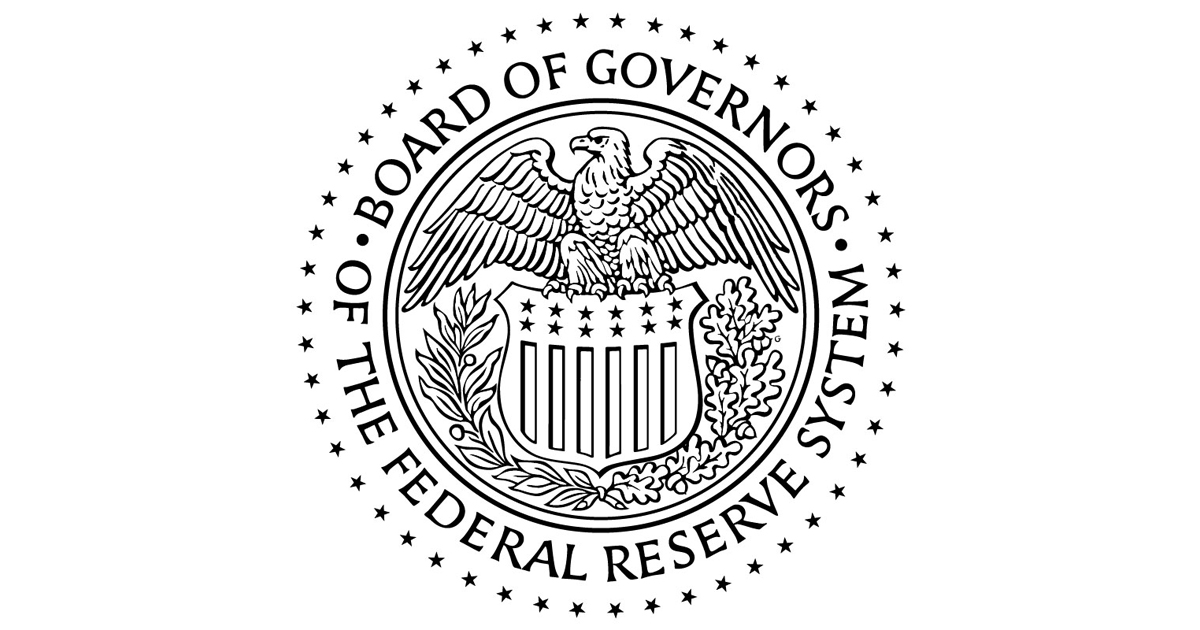leVieux
TSRA/NRA Life Member
<>
This is one of the most important posts ever.
If one understands this, the future is very scary !
Thanks for finding & posting here !
leVieux
<>
<>
<>Chart makes sense. the chart covers a pretty short time frame, and the last couple years is the only time period shown where stocks and bonds are both in a bear market. The rest is the end of a huge bull run for bonds.
<>
This is one of the most important posts ever.
If one understands this, the future is very scary !
Thanks for finding & posting here !
leVieux
<>
<>Unless you understand why regulatory changes to bank accounting & reporting requirements, the chart lacks tremendous amounts of context. For instance, beginning in 2022, large banks were required to accelerate for the risk of loss in all loans in year one as opposed to over the life of the loan. That accounts for roughly half the unrealized book losses that are held-to-sale (think mortgage, consumer debt charge offs, etc.).
The other half of those book losses reflect HTM - held to maturity assets. These are things like bond packages and commercial real estate. HTM assets are long duration (think 30 -50 years) investments that FDIC are designed to be held for the life of the investment instead of securitized and sold. Combine rising interest rates and shrinking market value of some CRE and that’s the other half. In the HTM space, inflated values and low rates were all pre “transitory inflation” characteristics. Now, depressed values and high rates make the book cost of money negative. Let’s see how that plays out over the next decade.
The impact of changing these accounting requirements is resulting in banks not being able to issue all the consumer loans they’d like to. This changes both the supply of money available for the average person to get an auto loan or mortgage AND what the average person looks like. High credit score + high income individuals who are likely to pay off a loan early are being refused financing while middle income, low to mid credit scoring people who are more likely to pay off over the full life of the loan or even default are more attractive to banks because they are paying more to borrow money over time than the HNWIs. Combine that with inflated retail prices and that’s the real danger. Autos are the single largest depreciating asset a consumer buys; with the average car payment today being $729/mo and 24% higher than in 2022. Housing fares no better with the average mortgage payment pushing $2900/mo for a 30-year mortgage, again up 20% from last year.
Both of those big ticket items generally turnover every 3 - 7 years so we won’t really know the impact of inflated values for a while now; will people hold on to those things longer or will they give the keys back to the bank. Early data says the low income segment is giving the keys back and due to the money tied up, bank owned assets aren’t able to reflect the traditional cash discount repos and foreclosures were able to command like happened in 2008-2014.
Since we can print money, the risk of default on treasuries is basically 0. The real risk is inflation, especially for long bonds. Corporate will vary based on the quality of the company of course.<>
But, ‘’bonds’’ are just corporate & governmental DEBT, totally dependent on ability to pay; and, few are tied to inflation.
The way the USA is heading lately, bonds must lose, too.
I’m the Guy who once lost on bonds; so don’t tout their safety to me !
Let me give an idea from something Obiden can’t directly influence: TEA. The USA imports almost all of its tea. Water us still cheap here. ‘’Splenda’ has become less expensive as more & more is produced. Three years back, a cold gallon of Splenda (iced) Tea was $1,88 @ WalMart. Today it is around $3.45 for same item.
leVieux
<>
One thing that has always bothered me is the phrase “Unrealized” when combined with loss or gain.
Sounds scary or exciting; in reality it’s just a term to mathematically describe risk exposure. Until the risk is sold, it’s literally just a number on the page.
Right, but risk exposure is important, if we knew the risk exposure in 2005-2009 of Mortgage backed securities that number would be UGLY
<>
Gee, I recall ‘’TOO BIG TO FAIL’’, don’t Y’all ?
<>
